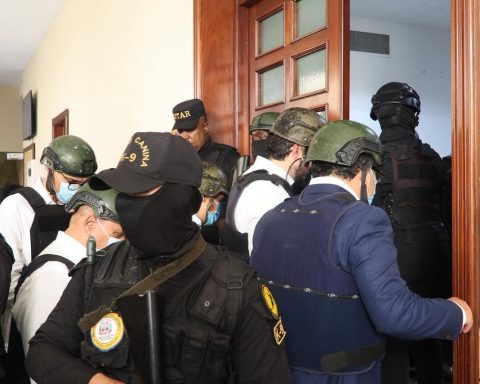What is a heat stroke?
The heatstroke is the sudden increase in body temperature above 39 degrees, caused by exposure to extreme ambient temperatures.
It usually affects individuals who perform intense physical exercise and the elderly or sick, with the highest risk being children under five years of age and adults over 60 years of age.
And it is worth noting that heat stroke or thermal shock causes an increase in body temperature that affects the vital functions of the body, causing some organs, such as kidneys, liver and brain, to be affected, which can lead to to acute renal and hepatic insufficiency until coma and death.
Symptoms of a heat stroke
In children
- Body temperature 39°C – 40°C or higher (measured in the armpit).
- Red hot and dry skin (perspiration is depleted).
- Fast breathing and heart rate.
- Throbbing headache.
- Altered mental status and behavior such as: vertigo, dizziness, disorientation, delusions, confusion or loss of consciousness.
- seizures
Which children are most vulnerable?
- Those under five years of age and even more so those under one year of age.
- Children with chronic diseases that can be: cardiac, renal, mental or neurological and others.
- Children with fever from another cause or diarrhea.
- Children who are obese or malnourished.
- Those with sunburned skin.
in adults
In adults the most common symptoms are:
- Dizziness.
- Sweating (excessive, at first; absent, later).
- Redness and dryness of the skin.
- Fever with temperature from 39 to 41°C
- Inappropriate behavior (such as taking off clothes no matter where).
- Fast heartbeat with a weak heartbeat.
- Headache.
- Convulsive attacks.
It should be noted that special care must be taken with babies, who do not yet have the maturity of the mechanisms that regulate their temperature; in older adults, who due to their advanced age have lost that ability to regulate, and patients with some chronic degenerative disease, who due to their medical situation are precipitated to heat stroke.
















